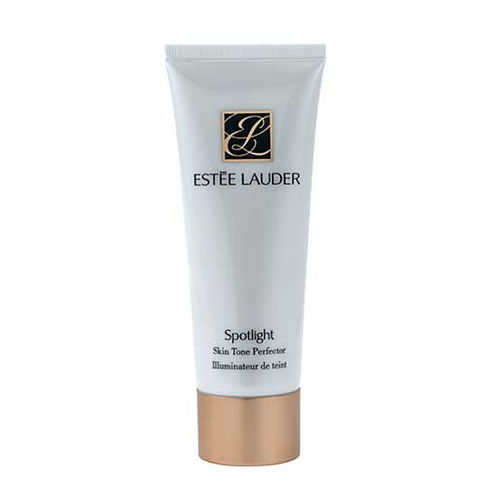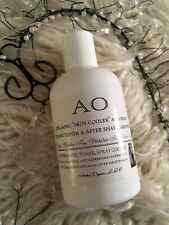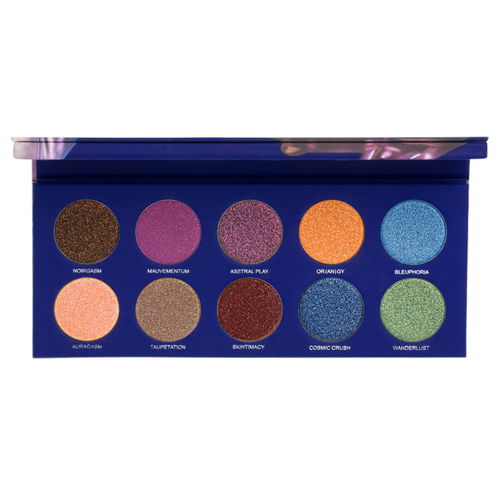Understanding the Skin Tone Palette: A Comprehensive Guide for Personalization
Choosing the right skin tone palette is an essential step in makeup application, as it ensures that your foundation matches your skin perfectly. In this detailed guide, we will explore various aspects of skin tone palettes, helping you make an informed decision for your personal beauty routine.
What is a Skin Tone Palette?

A skin tone palette is a collection of colors designed to cater to different skin tones. These palettes often include a range of shades that can be mixed and matched to find the perfect match for your skin. They are particularly useful for individuals with complexions that fall outside the standard foundation shade ranges found in most stores.
Understanding Skin Tone Categories

There are several ways to categorize skin tones, but the most widely recognized system is the Fitzpatrick Skin Type Scale. This scale divides skin tones into six categories, ranging from very fair (Type I) to very dark (Type VI). Each category has its own set of characteristics and challenges when it comes to makeup application.
| Fitzpatrick Skin Type | Description | Challenges |
|---|---|---|
| Type I | Very fair, pale, and often red or freckled | Finding a foundation that doesn’t look ashy or too light |
| Type II | Fair to light, with a tendency to burn easily | Finding a shade that matches the skin’s undertones |
| Type III | Light to medium, with a mix of warm and cool tones | Balancing the foundation with the skin’s undertones |
| Type IV | Medium to dark, with warm undertones | Finding a shade that doesn’t look too orange or ashy |
| Type V | Dark to very dark, with warm undertones | Finding a shade that matches the skin’s depth and warmth |
| Type VI | Very dark, with a mix of warm and cool tones | Finding a shade that doesn’t look too light or ashy |
Identifying Your Skin Tone

Identifying your skin tone can be a bit tricky, but there are a few methods you can use to determine your category:
-
Under natural light, examine the color of your skin. If it’s very fair, you may be a Type I or II. If it’s light to medium, you might be a Type III. For medium to dark skin, you could be a Type IV, V, or VI.
-
Consider your family history. If you have relatives with similar skin tones, it can be helpful to compare your skin tone to theirs.
-
Look at the veins on your wrist. If they appear blue or purple, you likely have cool undertones. If they appear green or blue-green, you have warm undertones. If you can’t tell, you might have neutral undertones.
Choosing the Right Palette
Once you’ve identified your skin tone category, it’s time to choose a palette. Here are some tips to help you select the perfect one:
-
Look for palettes that offer a wide range of shades within your skin tone category. This will give you more options to find the perfect match.
-
Consider the undertones of the shades in the palette. If you have warm undertones, choose a palette with warm shades. If you have cool undertones, opt for a palette with cool shades.
-
Check the quality of the products. Look for palettes with high-quality foundations and other makeup products that are known for their longevity and coverage.
Using the Palette
Once you have your skin tone palette, it’s time to put it to use. Here are




